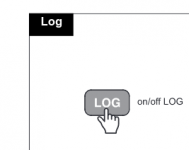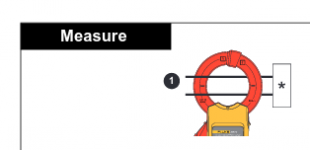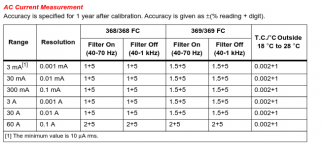Simple. Anything that has surge suppression, and that's not just limited to outlet strips and the like because many devices have built-in SPDs, will randomly trip a GFCI. That's because SPDs clamp on the normal surges caused by motors turning on and off, switching transients from the POCO and a million other things that causes the voltage to momentarily exceed the clamp voltage. When they clamp, they conduct from hot to ground. Bingo!
With the increasing use of SPDs everywhere to protect sensitive solid state devices, GFCIs are becoming increasingly troublesome.
-Hal




